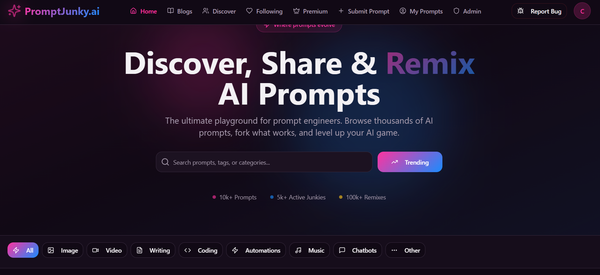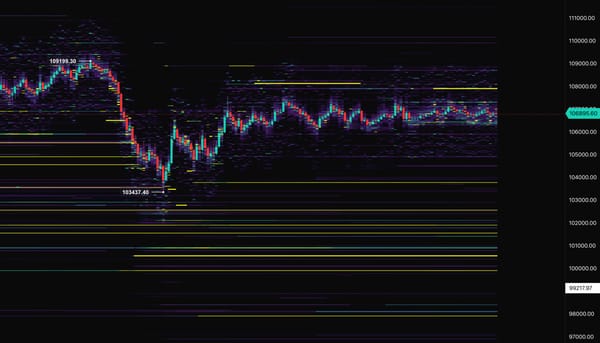Read This And Tell Me You Aren't Excited...
Most dont realize what is coming to Cardano in the near future and how its going to change everything...

Cardano's scaling ecosystem is designed as a modular stack where Leios, Hydra, and Midnight complement each other to achieve high throughput, privacy, and efficiency without sacrificing security or decentralization. Leios upgrades the base Layer 1 (L1) consensus protocol (Ouroboros Praos) to enable parallel transaction processing through specialized block types—Input Blocks for proposals, Endorser Blocks for validation, and Ranking Blocks for finality—allowing the mainnet to handle transactions concurrently rather than sequentially.
This boosts L1 performance from ~10-20 TPS to 1,500-11,000 TPS, providing a faster, more robust foundation for settlements.Hydra operates as a Layer 2 (L2) state channel solution, creating "Hydra Heads"—off-chain virtual ledgers where groups of participants (up to 1,000 per head) process transactions at high speeds, with only periodic commitments settled on the L1. Each head achieves ~1,000 TPS, and multiple heads scale linearly for near-unlimited capacity.
Hydra integrates directly with Leios by leveraging the upgraded L1 for quicker, cheaper head openings, updates, and closures, reducing congestion and enabling more parallel L2 activity.Midnight, a privacy-centric sidechain built on Cardano's technology stack, adds a data-protection layer using zero-knowledge proofs (ZKPs) for confidential smart contracts and transactions, shielding sensitive details like amounts or identities while maintaining verifiability. It settles transactions on Cardano's L1 for security but uses Hydra Heads for off-chain scaling, particularly for high-volume operations like the Glacier Drop airdrop (distributing 24 billion NIGHT tokens across ecosystems).
Leios accelerates these settlements, while Hydra handles Midnight's throughput needs, allowing privacy-preserving apps (e.g., DeFi, RWAs) to run at L2 speeds. This creates a symbiotic flow: applications on Midnight process privately off-chain via Hydra, commit efficiently to a Leios-enhanced L1, and inherit Cardano's PoS security. Tools like Mithril further support lightweight verification across layers.
In practice, this trio enables hybrid use cases—e.g., a confidential DeFi protocol on Midnight using Hydra for fast trades, settled securely on Leios-scaled Cardano—positioning the ecosystem for enterprise-grade apps.
Maximum Proposed TPS Once All Launched
With Leios, Hydra, and Midnight fully integrated, Cardano's ecosystem targets 1 million TPS or higher.
Leios alone delivers 11,000 TPS on L1 (based on 250-byte transactions), but the real scalability comes from Hydra's L2 heads (1,000 TPS each, with tests like the Hydra Doom tournament hitting 134,000 TPS). Midnight amplifies this by deploying Hydra for privacy-focused bursts, enabling the overall network to exceed 1M TPS through parallel heads and sidechain parallelism. Projections from developers suggest this could scale to "infinite" levels with more heads, though real-world limits depend on adoption and hardware (e.g., 100,000-1,000,000 TPS in 3-5 years).
Will That TPS Be the Same for Midnight?
Yes, Midnight inherits the same scaling potential, targeting thousands to 1M+ TPS via Hydra integration, as it operates as a Cardano sidechain without independent consensus. Its ZKP overhead may slightly reduce peak efficiency compared to non-private txns, but Hydra Heads ensure linear scaling for confidential workloads like token claims or shielded DeFi. No fixed cap is specified, but it aligns with Cardano's roadmap for modular, shared throughput.
Impact on Other Blockchains Interoperable with Cardano
These upgrades transform Cardano into a multi-chain interoperability hub, enhancing bridges and protocols like Inter-Blockchain Communication (IBC) to facilitate seamless asset flows, RWAs, and DeFi across ecosystems. Midnight's Glacier Drop airdrops NIGHT tokens to holders of BTC, ETH, SOL, XRP, BNB, AVAX, and BAT, creating instant liquidity incentives and cross-chain participation.
Leios and Hydra reduce settlement times and costs for bridges (e.g., Bitcoin DeFi via bridgeless integrations), making Cardano a faster settlement layer for high-volume transfers from Ethereum or Solana.This boosts competitiveness: Institutions like Fireblocks and the London Stock Exchange Group can tokenize assets (e.g., bonds) on Midnight for private cross-chain RWAs, while partnerships (e.g., with Astar, Chainlink) enable oracle-fed data sharing. Overall, it drives adoption by lowering barriers—e.g., 90% faster syncs via Mithril—potentially shifting volume from congested chains like Ethereum to Cardano's scalable, private infrastructure, fostering a more interconnected Web3.




